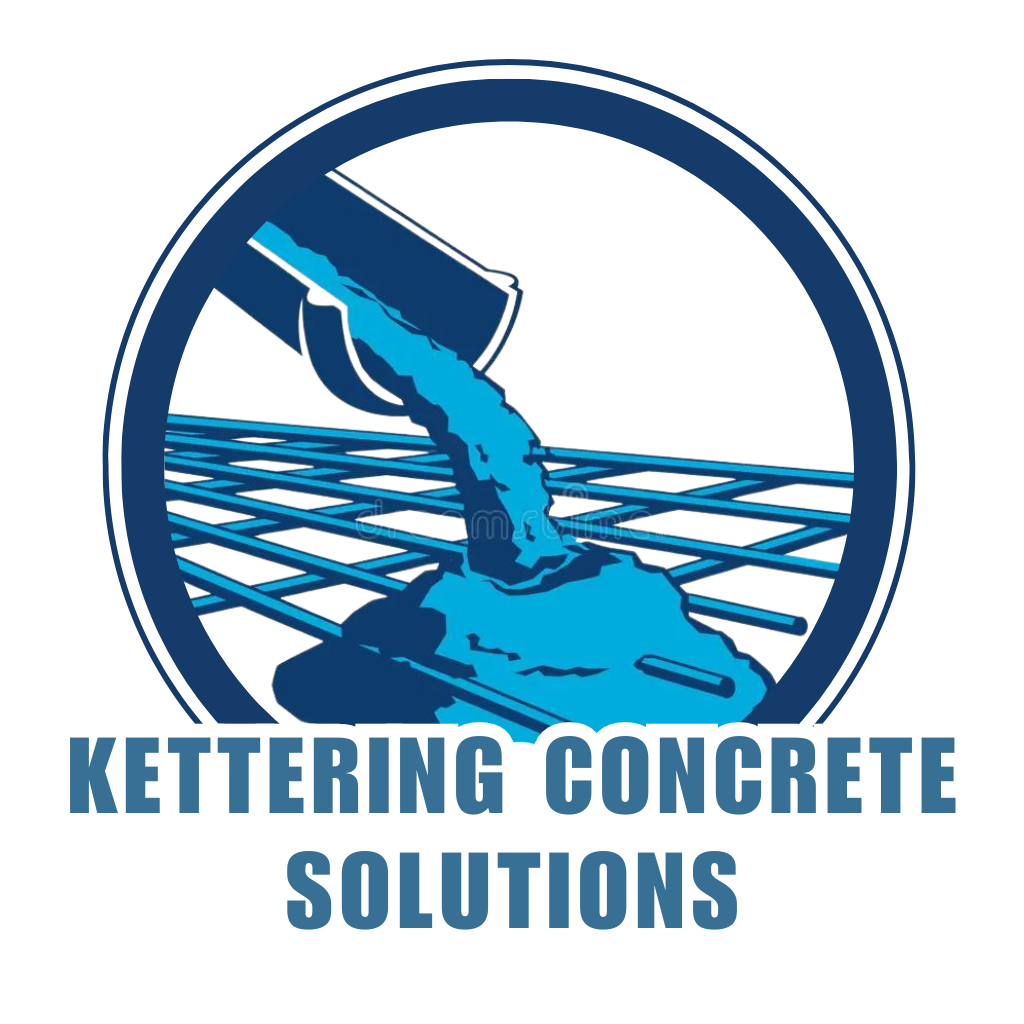
How Local Concrete Contractors Estimate Flatwork in Kettering
Concrete Flatwork Kettering
Understanding how professional contractors estimate concrete flatwork helps homeowners make informed decisions about their projects. Experienced Kettering contractors follow systematic approaches that account for materials, labor, site conditions, and local market factors. These comprehensive evaluation methods ensure accurate pricing while protecting both contractor and homeowner interests. Professional estimation processes consider everything from basic square footage calculations to complex site preparation requirements and seasonal pricing variations specific to Ohio’s climate conditions.

Essential Components of Flatwork Estimation
Professional concrete flatwork estimation begins with a detailed project assessment and measurement. Contractors evaluate the specific type of work required, whether driveways, patios, sidewalks, or foundation slabs. Each application demands different specifications, reinforcement requirements, and finishing techniques that directly impact final pricing.
Accurate measurements form the foundation of every estimate. Experienced contractors measure length, width, and required thickness for each area, calculating total square footage and cubic yards needed. These calculations include allowances for waste, typically 5-10% depending on project complexity and site accessibility.
Material Quantity Calculations
Concrete requirements are calculated using precise formulas that convert square footage and thickness into cubic yards. For a typical 4-inch thick slab, contractors divide the total square footage by 81 to determine the cubic yards needed. Thicker applications like driveways may require a 6-inch depth, changing the calculation to square footage divided by 54.
Additional materials include reinforcement steel, wire mesh, expansion joints, and forming lumber. Professional concrete contractors maintain current supplier relationships to ensure accurate material pricing and availability. Local suppliers near Kettering often provide volume discounts that experienced contractors pass along to customers.
Local Market Pricing Factors
Ohio concrete prices currently average $130-155 per cubic yard for standard residential mixes, with variations based on strength requirements and delivery distance. Kettering’s proximity to major suppliers in Dayton typically results in competitive pricing compared to more remote areas. Delivery charges usually range $150 to $300 per load, depending on distance and truck size.
Seasonal pricing fluctuations affect material costs throughout the year. Winter months may bring reduced concrete prices but increased labor costs due to cold-weather protection requirements. Spring and fall typically offer optimal pricing and weather conditions for flatwork projects.
Regional Cost Variations
Labor rates in Kettering reflect regional economic conditions and skill availability. Experienced flatwork crews command $45-65 per hour, while specialized decorative work may cost $60-85 per hour. These rates include benefits, insurance, and overhead costs that professional contractors must maintain.
Local building codes and permit requirements influence pricing structures. Kettering’s permit fees for residential flatwork typically range $75 to $200, depending on project scope. Contractors familiar with local regulations expedite permit processes and avoid costly delays.
Site Evaluation and Preparation Costs
Thorough site evaluation identifies factors that significantly impact project costs. Contractors assess existing conditions, soil stability, drainage requirements, and access limitations. These evaluations prevent unexpected expenses and ensure proper project planning from the outset.
Excavation requirements vary dramatically based on existing conditions. Simple projects may require minimal grading, while complex sites need extensive excavation, soil removal, and base preparation. Professional contractors factor these variables into initial estimates rather than presenting them as costly change orders later.
Soil and Drainage Considerations
Kettering’s diverse soil conditions require different preparation approaches. Clay-heavy soils common in some areas may need additional base rock and drainage solutions. Sandy soils typically provide better drainage but may require compaction techniques to achieve stable bases for concrete placement.
Drainage evaluation prevents future problems that could compromise concrete performance. Contractors assess water flow patterns, identify low spots, and design appropriate slopes for proper water management. These considerations prove especially important for driveways and patios where standing water creates safety and durability issues.
Access and Logistics Planning
Site accessibility significantly affects pricing calculations. Properties with easy truck access allow direct concrete placement, while restricted access requires additional equipment and labor. Contractors may need pumping services, wheelbarrows, or specialized equipment to reach difficult areas.
Distance from street to work area influences material placement costs. Projects requiring concrete transport over 150 feet often incur additional charges for pumping or manual placement. Obstacles like fences, landscaping, or existing structures may necessitate special arrangements that affect final pricing.
Labor Cost Calculations
Labor represents 40-60% of total flatwork costs, making accurate crew size and time estimation crucial for profitable projects. Experienced contractors evaluate project complexity, weather conditions, and crew efficiency to determine appropriate labor allocations.
Basic flatwork typically requires 2-4-person crews working 6-10 hours per 1000 square feet, depending on site conditions and finish requirements. Complex projects with decorative elements or challenging access may require larger crews or extended timeframes that increase labor costs proportionally.
Crew Composition and Specialization
Professional crews include various skill levels with corresponding wage rates. Lead finishers command premium wages for their expertise in achieving proper surface finishes and texture. Entry-level laborers handle material transport and basic preparation tasks at lower hourly rates.
Specialized work like stamped concrete or exposed aggregate requires additional expertise and time. These decorative techniques may double labor costs compared to basic broom-finished surfaces. Contractors adjust crew composition and time estimates accordingly for accurate pricing.
Weather and Seasonal Factors
Ohio’s climate creates seasonal challenges that affect labor costs and scheduling. Cold-weather installations require additional protection measures, heated materials, and extended curing time. These factors increase labor costs by 15-25% during the winter months.
Hot weather presents different challenges, including accelerated setting times and increased water requirements. Contractors may schedule summer work during cooler morning hours or provide shade structures, both affecting labor costs and productivity rates.
Project-Specific Pricing Variables
Driveway Estimation Methods
Driveway projects typically range $8 to $15 per square foot for basic concrete, with variations based on thickness, reinforcement, and finish requirements. Contractors evaluate vehicle loads, traffic patterns, and local climate conditions to recommend appropriate specifications that affect final pricing.
Reinforcement requirements significantly impact driveway costs. Wire mesh adds $0.50-1.00 per square foot, while rebar reinforcement costs $1.50-2.50 per square foot. Professional contractors recommend appropriate reinforcement based on soil conditions and expected loads rather than minimum code requirements.
Patio and Walkway Pricing
Patio installations typically cost $6-12 per square foot for standard concrete, with decorative options reaching $15-25 per square foot. Contractors evaluate intended use, architectural integration, and aesthetic requirements to recommend appropriate specifications and finishes.
Walkway projects often require additional considerations for ADA compliance, proper slopes, and integration with existing landscaping. These factors may require specialized forming techniques or multiple pours that affect labor costs and project timelines.
Estimation Software and Technology
Modern contractors utilize specialized software to improve estimation accuracy and efficiency. Digital measurement tools, aerial photography, and automated calculation systems reduce errors while providing detailed cost breakdowns for customer review.
Advanced estimation programs integrate current material pricing, local labor rates, and historical project data to generate accurate quotes. These systems allow contractors to quickly evaluate multiple scenarios and provide alternatives that meet different budget requirements.
Digital Measurement Techniques
Satellite imagery and digital measurement tools allow contractors to provide preliminary estimates before site visits. While final measurements require physical verification, these technologies expedite the initial estimation process and improve accuracy for complex sites.
Drone technology provides detailed aerial views of large or difficult-to-access sites. This capability proves especially valuable for commercial projects or residential sites with access limitations that affect traditional measurement methods.
Quality Control and Warranty Considerations
Professional contractors include quality control measures and warranty coverage in their pricing structures. These factors ensure customer satisfaction while protecting contractor reputations and reducing callback expenses that erode profitability.
Material testing, proper curing procedures, and final inspection protocols require additional time and resources that responsible contractors include in their estimates. These quality assurance measures prevent problems that could result in expensive repairs or replacement work.
Insurance and Bonding Costs
Licensed contractors carry comprehensive insurance coverage that protects both parties during construction. These insurance costs, typically 3-5% of project value, are included in labor rates and overhead calculations that affect final pricing.
Performance bonds may be required for larger projects, adding 1-3% to total costs. While this increases initial pricing, bonding provides additional security for property owners and demonstrates contractor financial stability and credibility.
Overhead and Profit Margins
Professional contractors must include overhead costs and reasonable profit margins to maintain sustainable businesses. Overhead typically represents 15-25% of direct costs and includes equipment maintenance, office expenses, licensing, and administrative costs.
Profit margins usually range from 10 to 20% depending on project risk, market conditions, and contractor business models. Established contractors with excellent reputations may command higher margins, while newer companies might accept lower profits to build customer bases.
Equipment and Tool Costs
Concrete placement and finishing require specialized equipment that contractors must purchase, maintain, and replace over time. These costs are distributed across projects through hourly equipment rates or included in overall pricing structures.
Equipment costs vary based on project requirements. Basic hand tools and small mixers suffice for small projects, while large pours require concrete trucks, pumps, and power finishing equipment that increase operational costs and pricing.
Competitive Bidding and Market Dynamics
Kettering’s competitive contractor market influences pricing strategies and estimation approaches. Experienced contractors balance competitive pricing with quality service to maintain market position while ensuring project profitability.
Market conditions affect contractor availability and pricing flexibility. High demand periods may result in premium pricing, while slower seasons offer opportunities for negotiated rates. Understanding these dynamics helps property owners time projects for optimal value.
Value Engineering Opportunities
Professional contractors identify value engineering opportunities that reduce costs without compromising quality. Alternative specifications, modified designs, or phased construction approaches may provide significant savings while meeting project objectives.
Material substitutions or specification modifications can dramatically affect pricing. Contractors with extensive experience suggest alternatives that maintain performance while reducing costs, providing customers with flexible options to meet budget constraints.
Getting Accurate Estimates
Accurate estimates require detailed project information and clear communication between contractors and property owners. Providing complete specifications, site access, and realistic timelines enables contractors to provide precise pricing without hidden costs or unexpected charges.
Multiple estimates from qualified contractors provide a market perspective and ensure competitive pricing. However, extremely low bids often indicate inexperience, inadequate insurance, or poor understanding of project requirements that could result in problems later.
Red Flags in the Estimation Process
Reputable contractors provide detailed written estimates that itemize materials, labor, and other costs. Estimates lacking detail or requiring large upfront payments often indicate inexperience or financial instability that could jeopardize project completion.
Professional contractors visit project sites before providing estimates and ask detailed questions about specifications and expectations. Estimates provided without site visits or based on minimal information typically prove inaccurate and lead to disputes later.
Seasonal Timing and Scheduling
Project timing significantly affects pricing and availability in Kettering’s market. Spring and fall offer optimal weather conditions but represent peak demand periods with higher pricing and longer scheduling lead times.
Winter projects may offer pricing advantages but require specialized techniques and materials that could offset savings. Summer installations face heat-related challenges that may require modified scheduling or additional protection measures, affecting costs.
Understanding the systematic approach local contractors use for estimating concrete flatwork helps property owners make informed decisions and budget appropriately. Kettering Concrete Solutions applies these proven estimation methods with transparent pricing and detailed explanations, ensuring our customers understand exactly what they’re purchasing and why each cost component is necessary for successful project completion.



